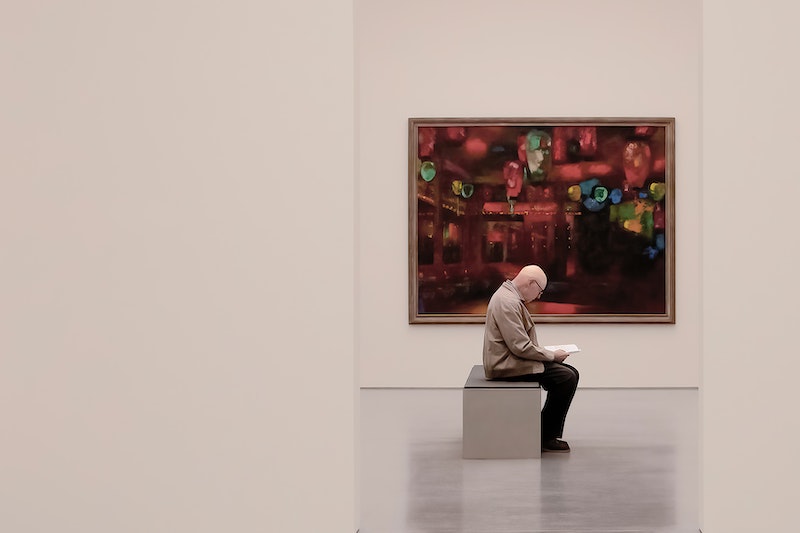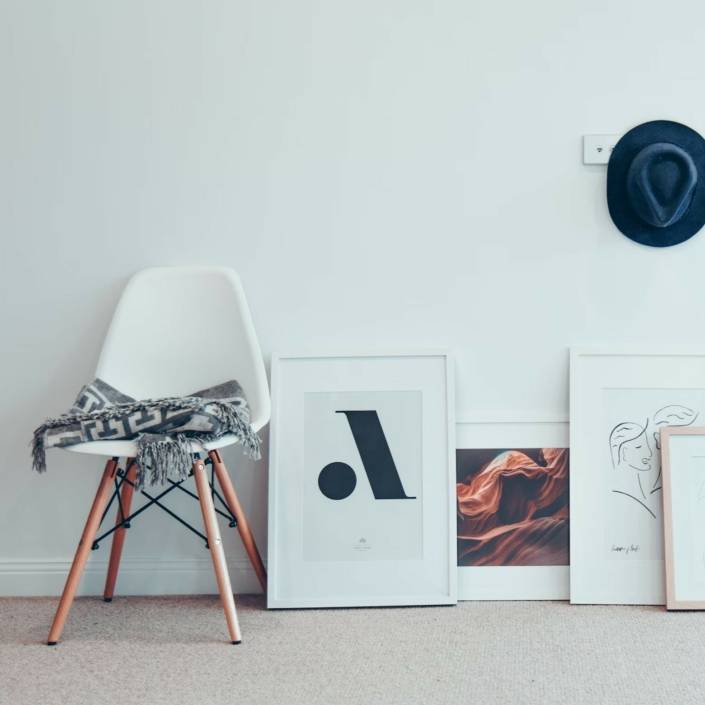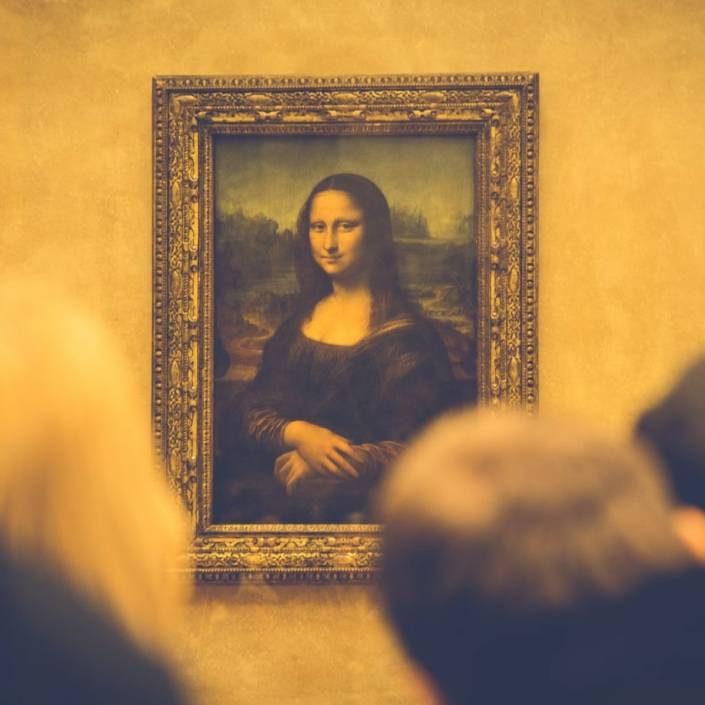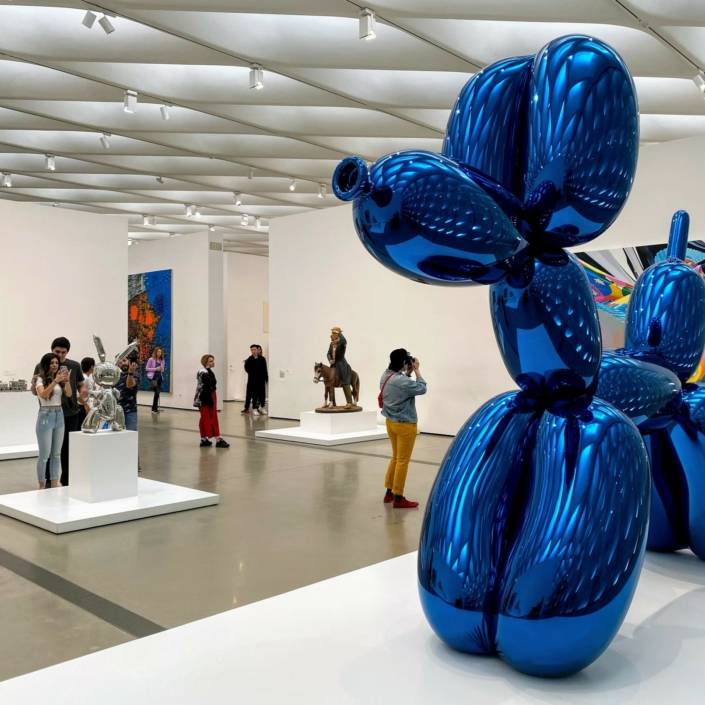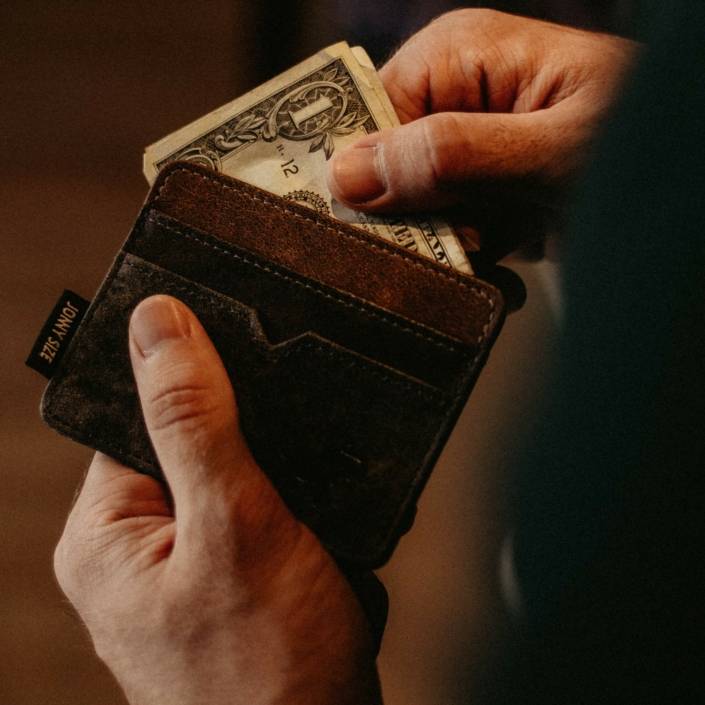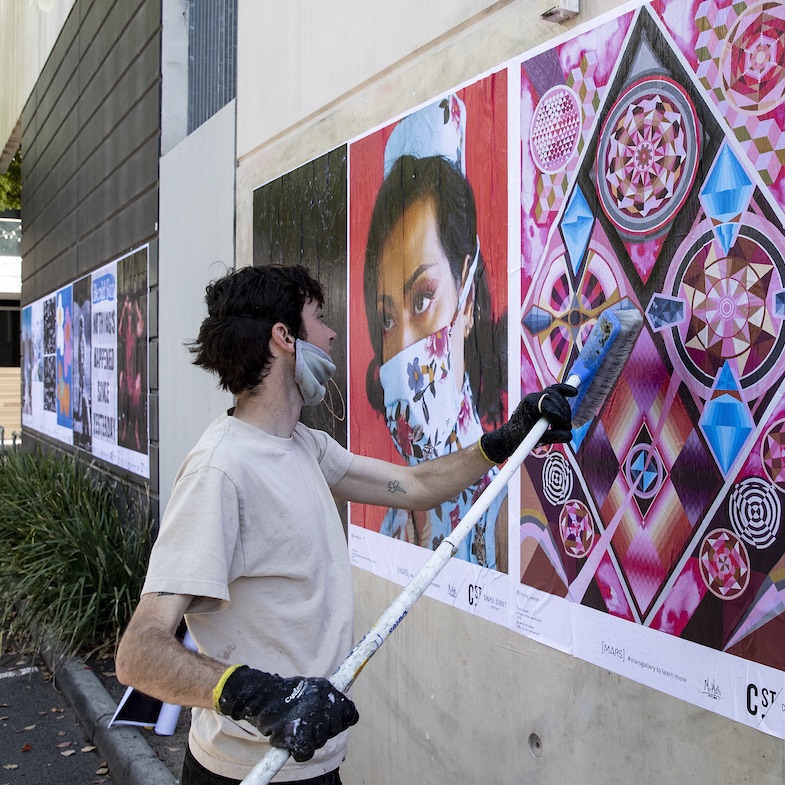With All Due Respect
Should public galleries spend more of their acquisition budgets on local artists and less on big ticket international art?
Words: Joanna Mendelssohn
In Australia our cultural debates have traditionally swung between cultural cringe and a false bravado. It is almost as if we can’t decide whether local artists need special support, or if we need to bring the world to our doorstep. When it comes to purchases for public collections art, there is another question that needs to be answered: What is the purpose of a public art gallery or museum?
If a public art gallery is seen to be a patron for local artists, a place where the community sees its ideal self reflected in the exhibits, then it makes sense to buy local art. This is certainly the case of some aspects of the collection of the Art Gallery of New South Wales.
In the late 19th century, after some years of buying “great” works from Europe and the UK, the gallery started buying paintings by young local artists. Charles Conder was 19 when his painting Departure of the Orient-Circular Quay was purchased. Tom Roberts, Arthur Streeton and Sydney Long were in their 20s when their first works entered the collection. They are still at the core of the Australian collection. However, it is worth noting that much of the other Australian art bought at the same time lives semi-permanently in storage.
The big question for galleries when buying art is the need to consider the life of their purchase. Will this art, so popular today, be a star of the collection in 50 or a 100 years’ time? Art dealers don’t like to admit it, but art goes in and out of fashion as tastes change. This doesn’t affect anyone buying for their own pleasure, but curators have an obligation to consider the longevity of their collections.
When buying big ticket items from other countries, an institution’s faith in a knowledgeable advisor is just as important as the actual budget. Today’s genius artist may well be tomorrow’s historic oddity, and vice versa. In 1894 Édouard Montefiore, the Art Gallery of New South Wales’ Paris agent, suggested that the gallery buy some Impressionist paintings. The gallery’s records show that the trustees were “of opinion that they should be avoided”. By the time Australian art galleries were prepared to buy French Impressionism, the best works were no longer available – or affordable.
James Mollison, the founding Director of the National Gallery of Australia (NGA), was responsible for the most spectacular purchases of international art that this country has ever seen. He had a large budget to build the fledgling collection, was astute enough to know that it was better to collect major pieces of 20th century art in order to give the collection depth; and was patient enough to negotiate for key works that would last the test of time.
The best example of his purchasing power was the controversial 1973 acquisition of Jackson Pollock’s Blue Poles. The painting cost US$2 million, a record price at the time. The tabloid media had a field day, with one headline screaming “Drunks Did it!”. In opposition, the Liberal Party used the purchase of this work as a weapon to discredit the Whitlam government. 48 years later, Blue Poles brings a constant stream of visitors to the NGA and Canberra. With its companion pieces by other American artists from the mid-20th century, it enables Australians to understand the nature of Abstract Expressionism. The National Gallery’s willingness to lend Blue Poles to major international exhibitions of Pollock’s art has made it easier for Australian galleries to exhibit significant work by artists from the USA and Europe.
At the same time as the National Gallery was spending big on international art, it was also the largest single purchaser of art by Australian artists, aided by the in-depth knowledge of its curators who were at every exhibition, every art auction. Nevertheless in 1977 the Fraser government vetoed the purchase of George Braque’s Grand Nu, on the grounds that the money would be better spent on local art. Australia is the poorer for that decision.
In a world that is more connected through cyber space than at any other time in human history, the distinctions between local and global art are now being blurred. When John Wardell Power left a fortune to the University of Sydney to purchase “the most recent contemporary art of the world … so as to bring the people of Australia in more direct touch with the latest art developments in other countries”, the assumption was that this art could only be found overseas. The Museum of Contemporary Art, which holds the collection from the Power Bequest, is now in a partnership with the Tate in London, sponsored by Qantas, for both galleries to jointly buy major works of Australian art by living artists.
So maybe the answer to the question is that it is more important for public galleries to consider carefully the quality of each individual acquisition than worry about its nation of origin.
This article was originally published in Art Collector issue 96, APRIL – JUNE, 2021.

